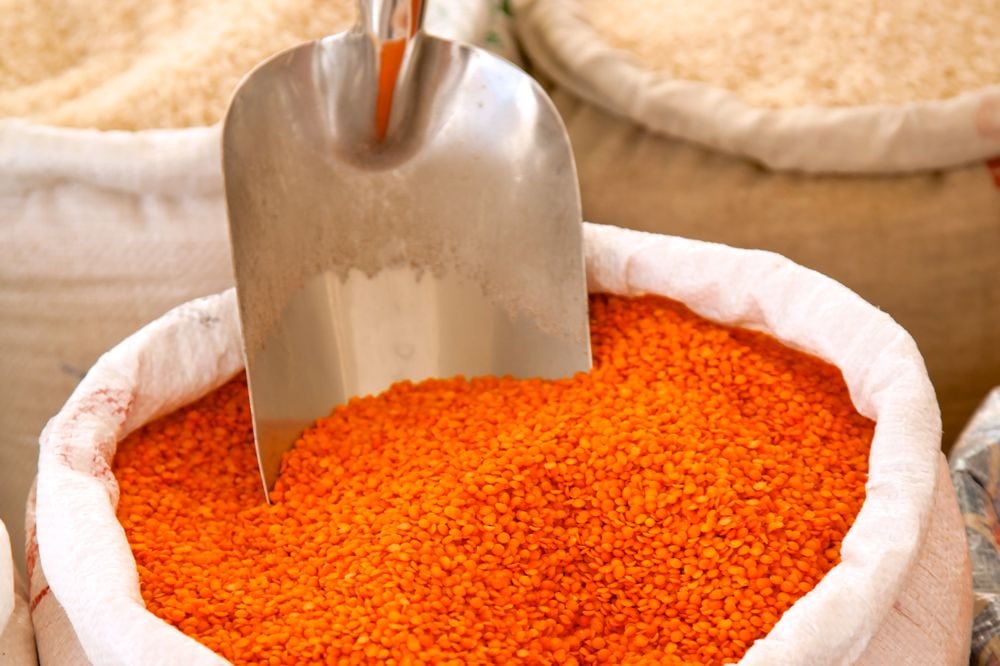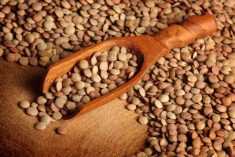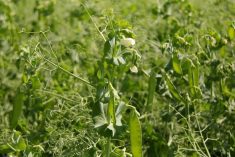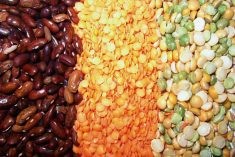CNS Canada — With seeding complete and weather now the dominant market force, pulse producers can take advantage of their unique position, if they know how.
Brian Clancey of Stat Publishing said farmers have a front-row seat to what is happening in their fields and that gives them the upper hand in marketing this time of year.
“Farmers, when they talk to each other, are going to be much more honest about the situation than when they talk to anybody else in the industry,” he said.
Read Also

Pulse Weekly: SPG looks back at harvest, ahead to trade
Saskatchewan Pulse Growers executive director Carl Potts said this year’s harvest had strong yields as the organization now works on international trade.
He encouraged farmers to go to coffee chats with friends, attend pulse-grower functions and other farm meetings, and gather information from many publicly available reports. That can give them impressions on two important questions: How much inventory is on farms, and how current crops in fields are faring.
“It’s a much more intimate knowledge than the trade has.”
Trade representatives, like all people, tend to hear what they want to hear when on crop tours, he said. Analysts have previously made assertions about in-field crops and trade representatives tend to gather information that supports those assertions.
“It ends up that that’s not the reality of the situation out there.”
More specialized information could become especially important this year, Clancey said in July’s pulse market report for Saskatchewan Pulse Growers.
The compressed seeding period sets up the potential for pulse crops to be particularly susceptible to weather events. Pulses tend to be vulnerable to heat when in the flowering stage, and if a higher number of pulse crops reach the flowering stage at the same time, a greater chance exists for a market-moving weather event.
But by combining their market intel sources and then looking at what the trade is bidding, farmers can know if it’s a good idea to move more of their inventory or to make some pre-sales on new crop, Clancey said in an interview.
“In that way, farmers can take advantage of that unique knowledge that they have this time of year.”
Once markets shift into other driving factors, such as the daily supply-demand aspects, the advantage goes to the industry because they have better knowledge of those than growers.
“It is an interesting time of year where I think the knowledge of farmers is superior to the knowledge of the traders.”
Clancey said in addition to the crop reports and other publicly available reports, farmers can also consult the Canadian Grain Commission’s weekly report on grain movement. It offers a chance to learn how quickly farmers are selling their inventory through that part of the system.
The CGC movement reports can supply important indicators for some pulse crops, especially peas and, to a lesser degree, red lentils.
Clancey said people need to set aside their own financial interests and learn to accept the data as offered. Then they can better see how to use the numbers to their advantage.
“That gives you an idea of how quickly the inventory on farms are coming down and you should know intuitively, that if the fall is faster, then that probably indicates that if there is any good demand later on in the season, that you should see some pretty good prices.”
Above all, Clancey said, farmers should develop a marketing plan that takes into account their individual financial situations and stick to it.
“As soon as you bring any kind of discipline to marketing of any sort, you’ll almost always do better than if you’re only reacting to what you see out there.”
— Terry Fries writes for Commodity News Service Canada, a Glacier FarmMedia company specializing in grain and commodity market reporting.















